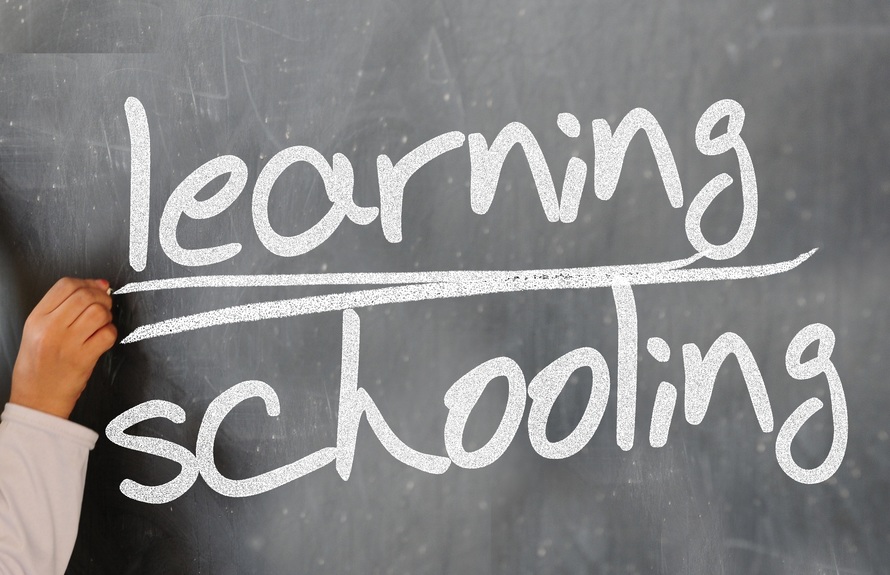
A New Perspective On Disadvantaged
OECD analysts at the Directorate for Education and Skills, Francesca Borgonovi and Mario Piacentini believe, “Reducing the concentration of disadvantage is crucial: while it is virtually impossible for any teacher and any school, no matter how good and dedicated they are, to provide effective instruction in the presence of a student population composed of 80% of students who have limited language skills, have experienced traumatic events and live in precarious living conditions, this is feasible if only a fraction of the students need additional support.”
With the rapid increase in immigration, the need for education has dramatically risen, leading to youth programs and schools directed towards serving underprivileged, poorer communities nationwide. Providing the essential tools, support, and academic resources can make a drastic difference in bettering children’s lives and helping them develop into intellectual, successful and independent adults; yet, while the enthusiasm of teachers can create vast strides towards fostering a sense of curiosity, captivation, creativity and confidence in the classroom, a lack of resources can interfere with a child’s ability to reach his or her full potential. Borgonovi and Piacentini are correct in highlighting the challenge: it’s hard to teach children within communities that are economically disadvantaged. Yet, is virtually impossible a fair sentiment, and what really constitutes as disadvantage?
A teacher at a Texan underprivileged school understands the struggle. “When teaching a group of students who are below grade level in reading or math, whether due to language barriers caused by immigration, growing up in a low income community, or not having access to quality education at a young age, teachers need additional training and resources to meet their needs.”
However, she is more optimistic than Borgonovi and Piacentini appear to be. She recommends reaching outside the school to communicate with those who interact with students most and can either encourage or discourage their learning endeavors. “Students are only physically in school for 7-8 hours each day and spend the remainder of their time with family and friends in their home community. Without the overall support of this larger community, it is more challenging to equalize educational opportunity.”
Furthermore, “often, parents who were not raised in this country find our educational system daunting or confusing and are not able to provide their children with the support they need – despite a deep desire to do so for their kids. Districts should strive to bring parents into their schools, to welcome and educate them on how to support their children and how higher education functions in the U.S.; simultaneously, schools and teachers need to learn from the parents and partner with them on the mission of providing their child with an excellent education,” she suggests.
Being economically disadvantaged within impoverished communities and low-income school systems can limit children in their ability to express themselves and retain knowledge. For instance, many schools cannot afford to provide adequate outlets for artistic expression, such as dance, painting, music and theater, and research has shown that art programs can boost children’s wellbeing and academic success.
However, while economic disadvantage is evident, students within these schools often possess an unrecognized and uncelebrated advantage: cultural diversity.
Second grade teacher from a Chicago Public School, Lindsay Barnett, provides a twist in traditional thinking: “I think my students have an advantage.”
Barnett is a passionate, inspiring, and attentive teacher; she wants the best for her students and enjoys watching them absorb new material. Learning the students’ stories and backgrounds, as well as cultivating their artistic expression and curiosity, is what makes her room have such a warm and happy atmosphere. Bringing a sense of play and brightness into academic life can encourage an openness to learning and keep students engaged and able to retain “effective instruction,” as deemed implausible by Borgonovi and Piacentini.
“The changes in immigration certainly impact our communities, but I only see this as beneficial to my students’ educational and social experiences. My students see differences, but they don’t care about race as much as other communities because everyone in the class is different. The cultural diversity in the classroom creates a community of love and respect,” Barnett comments.
“We need to start changing our perspective on how we think about ‘disadvantage.’ I grew up in a community where people knew one language and were trying to learn a second. My second graders already know two languages or will have learned a second by third grade.”
I think Barnett’s opinion is positively influential. The physical and emotional journeys had by students who can be perceived as disadvantaged, the obstacles they have had to face, the experiences that build character—these powerful circumstances might leave a scar, but one that should be displayed with pride, tenacity, and heroism. We need more school systems, teachers and average Americans to believe in these children. We need to encourage them to own their worth and use their experiences as an advantage. If we stop thinking of diversity as a disadvantage, we can shift these students’ mindsets and instill a vigorous force that can help them achieve anything imaginable.
Culturally speaking, if we transfer perspective from disadvantage to advantage, perhaps we can increase both motivation and excellence in schools, as well as build self-reliance and hope. It is the duty of these schools to make their students feel superior, rather than inferior, and to encourage them to recognize their gifts and believe in themselves.
A freelance writer and editor and a certified health coach, Isadora Baum is a major foodie, doggie-lover, Greek yogurt fanatic and expert sampler. Having graduated from Northwestern University with an extensive background in journalism and creative writing, as well as psychology and health, she loves connecting with others, hearing their stories and bringing creativity forth in all that she pursues. In addition to coaching, she writes blog posts, articles, newsletters and web content for businesses across a variety of industries, as well as for lifestyle brands and publications. To view her writing, visit isadorabaum.com and for health inquiries, visit liveforyounow.com.






